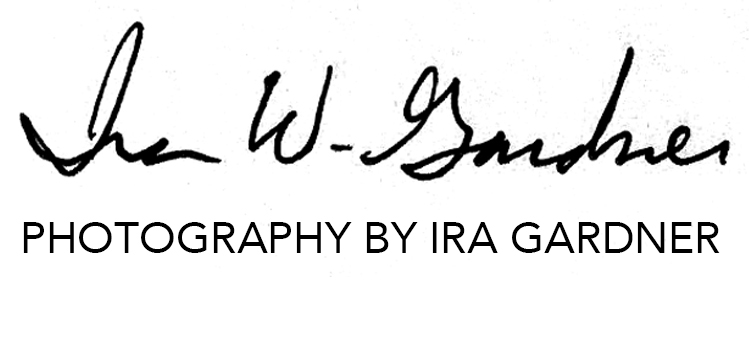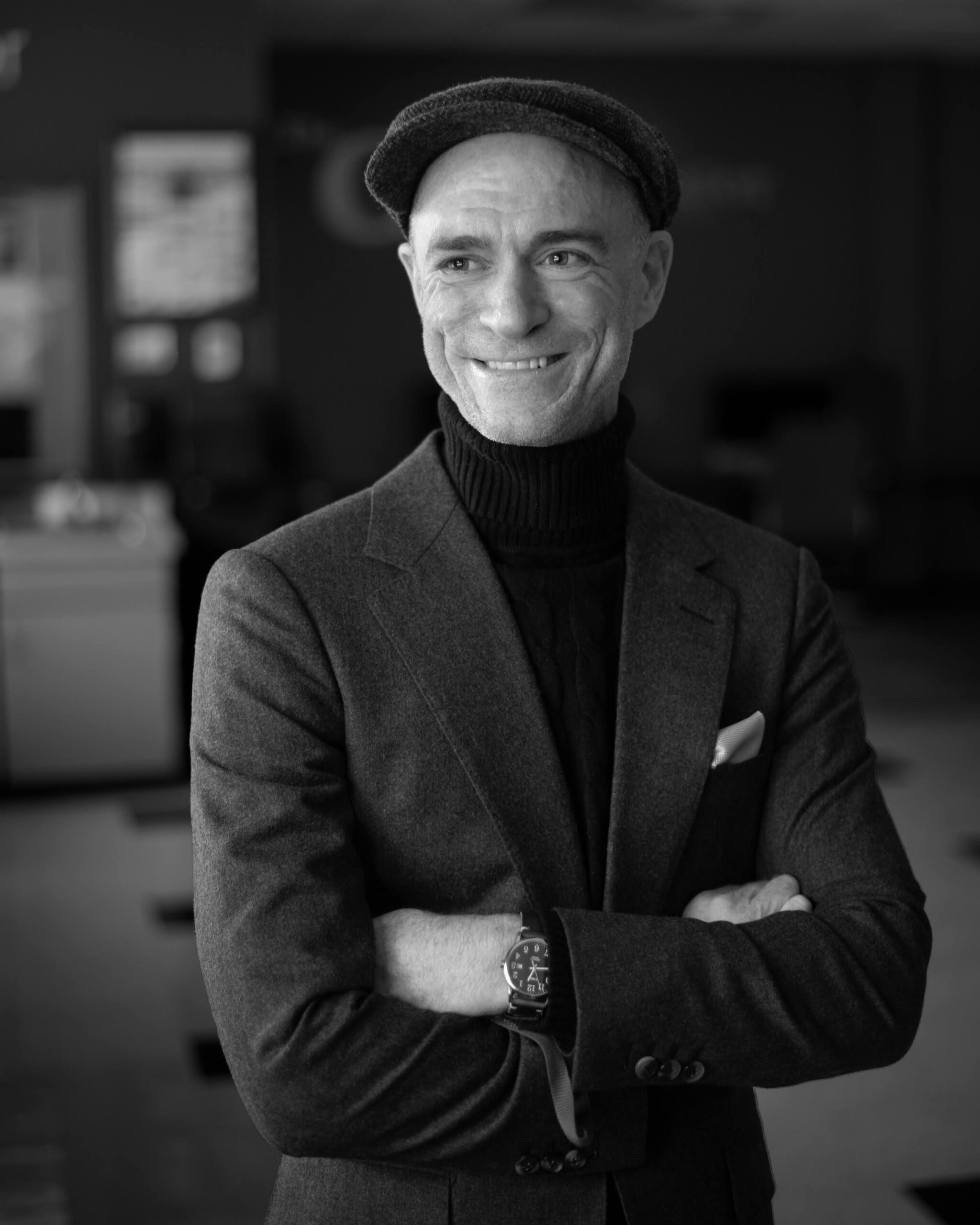
As I was starting the first class of the quarter Jason Nix left his office and walked across the room. The stylish outfit he wore caught my attention and I immediately stopped talking to the students and grabbed the camera I had beside me and yelled “STOP! I have to photograph you!”
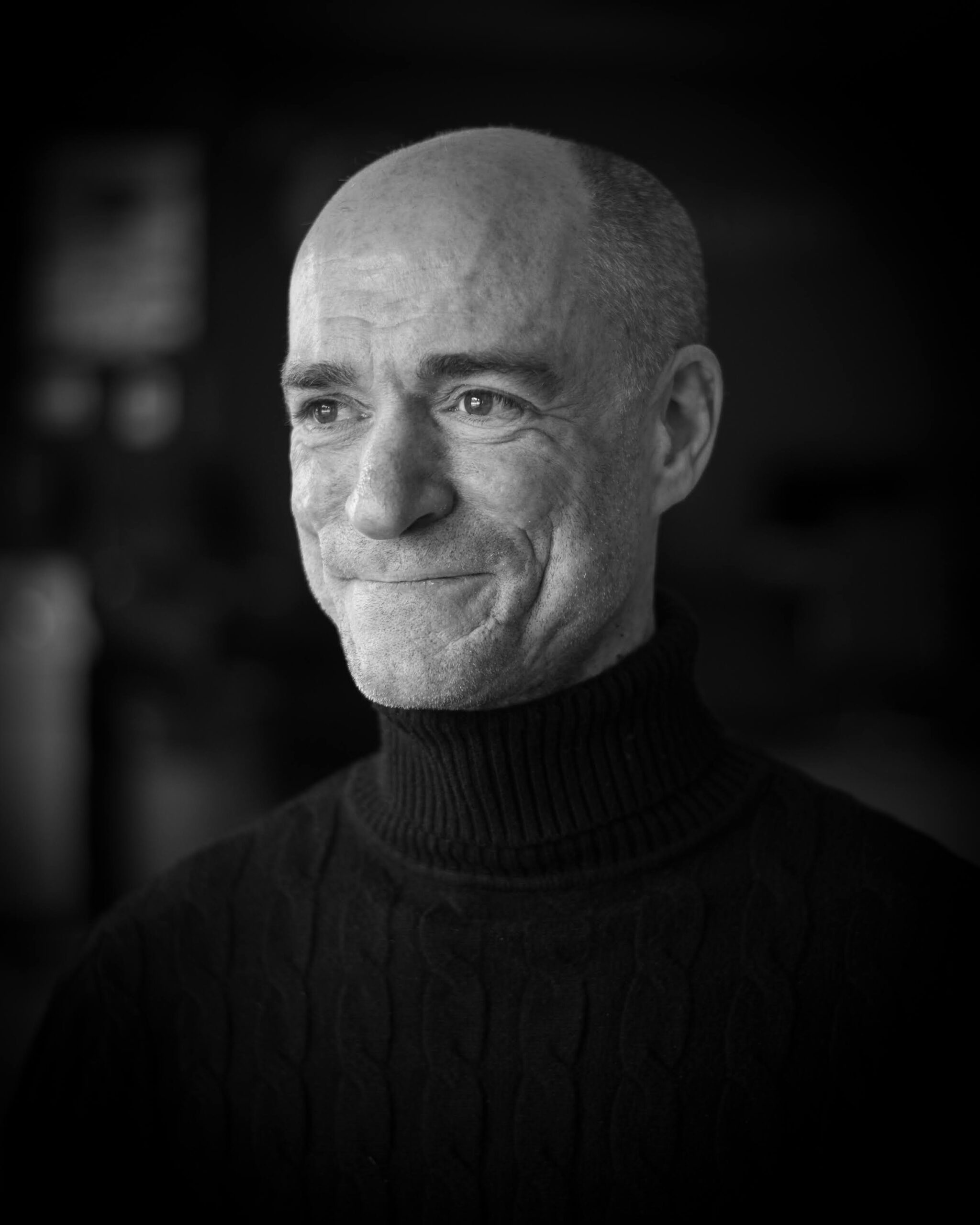
I’ve known Jason for a number of years now and during the Covid Pandemic he took up tailoring his own clothes. He is perhaps the most stylish professor on campus! He is an excellent writer whose head shape also happens to remind me of Shakespeare! I made a few quick photos of him in a mini portrait session with and without his hat and jacket. Because we weren’t in my studio I decided to photograph at f/1.4 to separate Jason from the busy background space. This is the third time I have randomly made photographs of Jason and I am also pleased to see him. I promised I would send them to him and then I went back to teaching my class. The whole interaction lasted around 5 minutes and it gave me a chance to model behavior of a photographer that is moved to act in the moment and has their camera waiting to seize the moment.
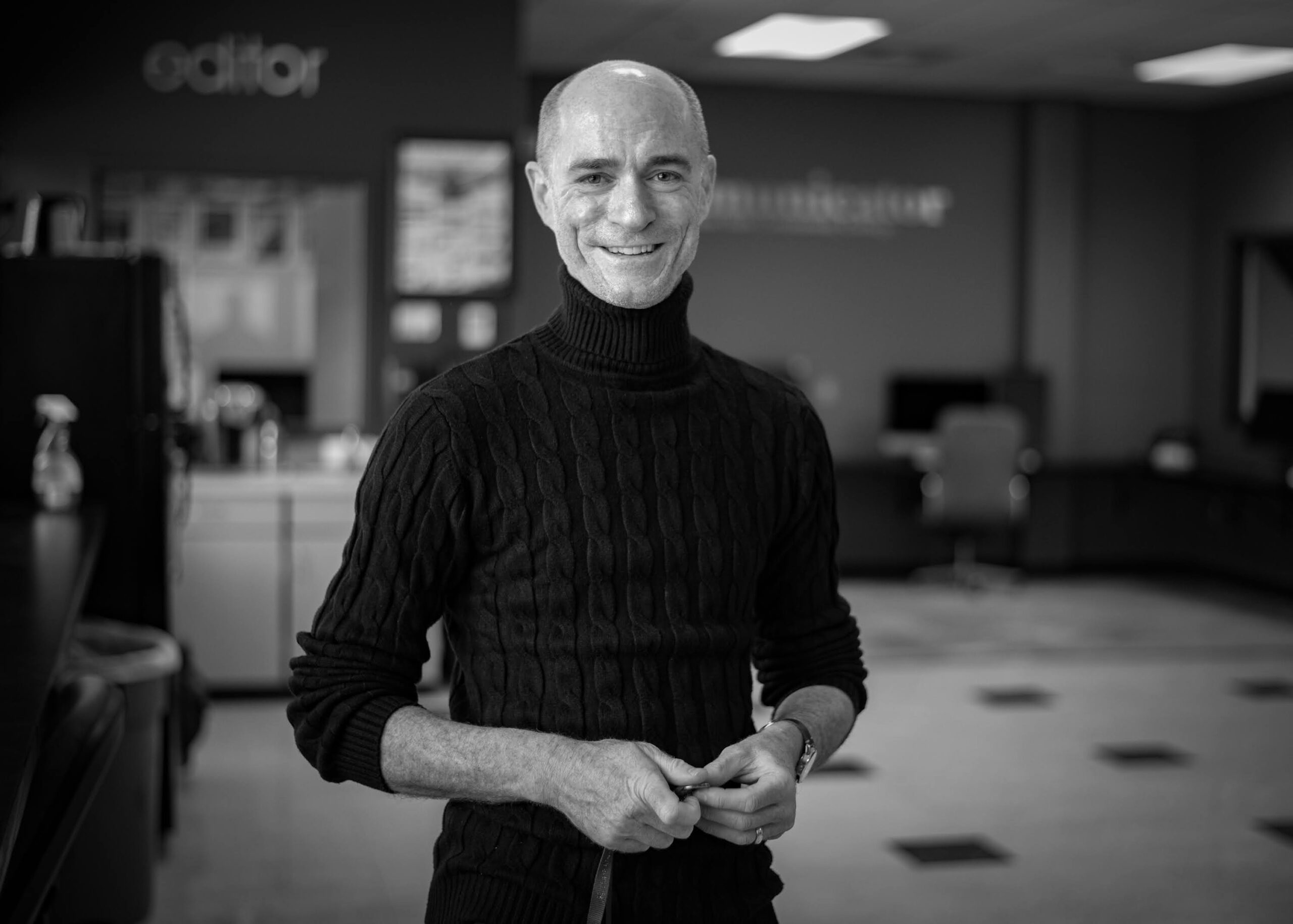
I showed the students the photographs on my digital camera. Since it was the very first day I had arranged everyone in a circle to be able to face each other and have a candid conversation where we could introduce ourselves and talk about our goals for the quarter. One student erupted with, “I want to learn how to make great photos instantly like you just did of that man!”
That lead to a really good discussion about the creative process and how to develop an intuitive instinct for composition. The key is to not think during the making of an image but rather to think about composition before and after the image is captured. Many famous photographers have stated this about their work.
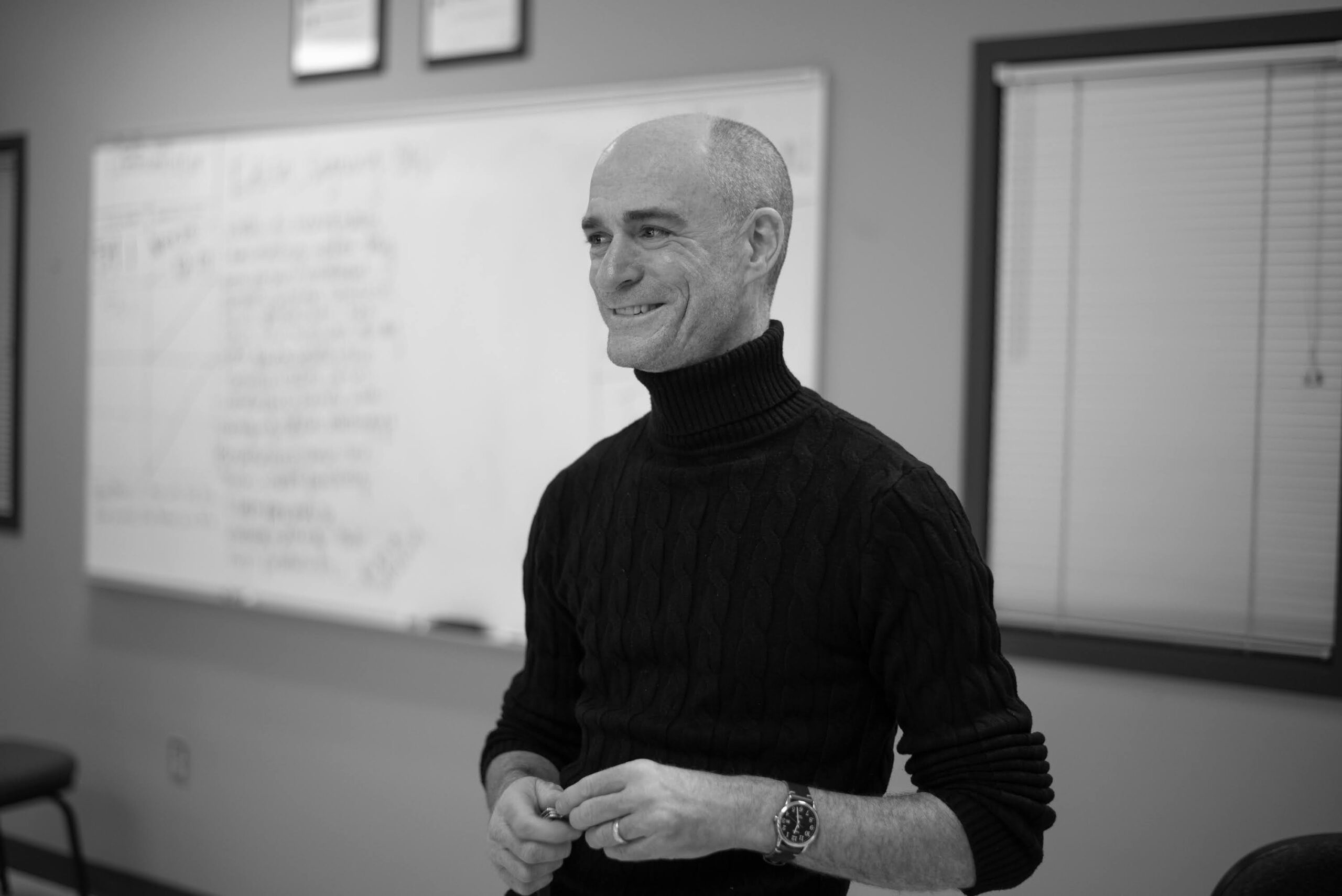
“Look and think before opening the shutter. The heart and mind are the true lens of the camera.” — Yousuf Karsh
Edward Weston is the one I credit the most for teaching me this concept. Reading about his work guided me towards the importance of doing art history research all the time to train the eye to see the graphic relationships of elements within a scene. I never met him but this one quote was critical to my creative development.
“One does not think during creative work anymore than one thinks when driving a car. But one has a background of years of learning, unlearning, success, failure, dreaming, thinking, experience – all this – then the moment of creation, the focusing of all into the moment.
So I can make “without thought” fifteen carefully considered negatives, one every 15 minutes given material with as many possibilities. But there is all the eyes have seen in this life to influence me.” – Edward Weston
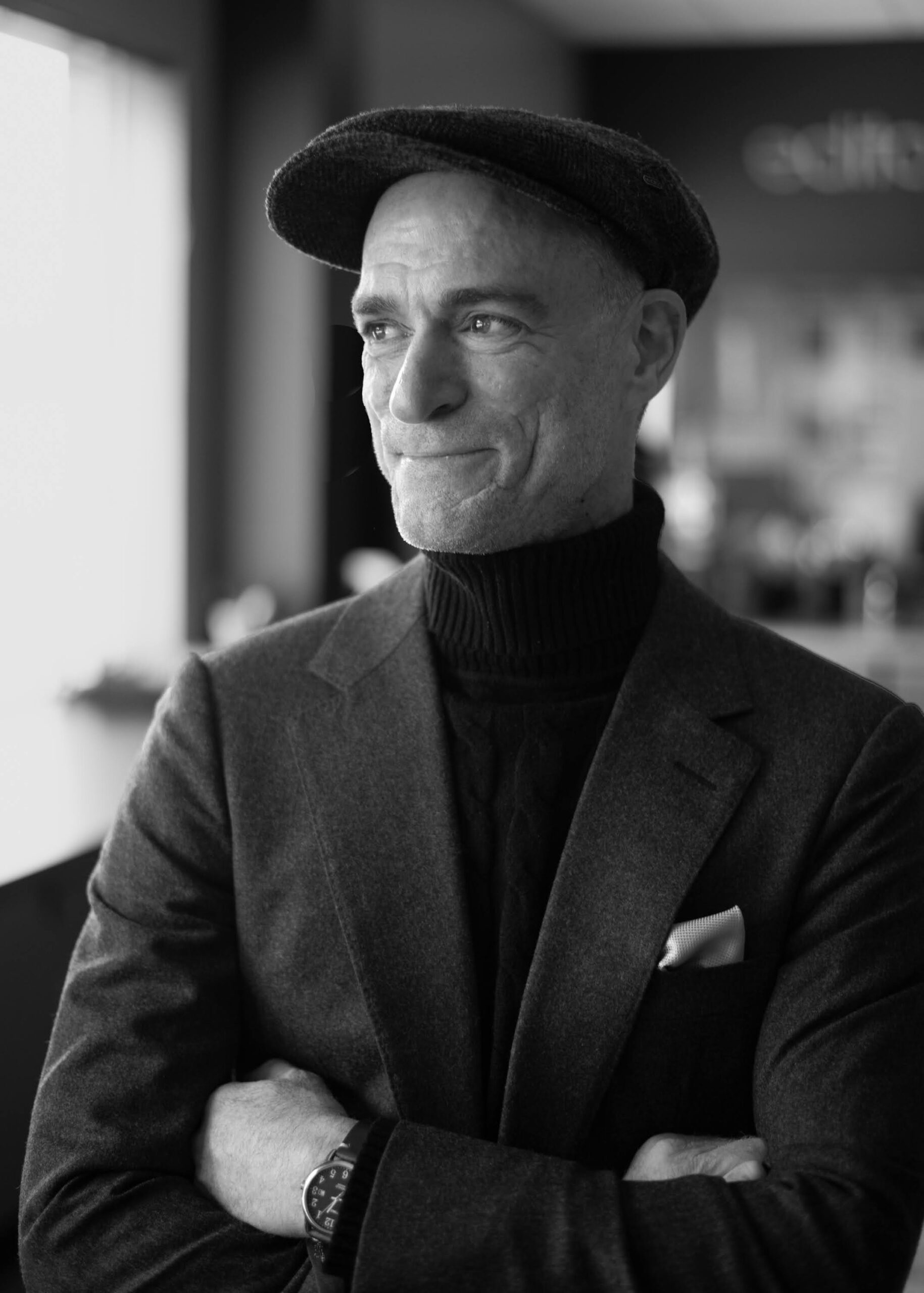
I shared with my students that a photograph is made four times. First in the minds eye that causes you to reach for the camera. The second time is when you lift the camera to your eye and arrange the composition in the frame. The third is in post production where you can recompose the image through cropping, and finally it is made in the eyes of the viewer when you display the work.
I think making photographs every day is part of my ongoing training of my eye. Every day I try to take at least 5 minutes to make a photograph of something that inspires me. This year I am going to post my favorites each day as I can.
I hope you enjoy!
